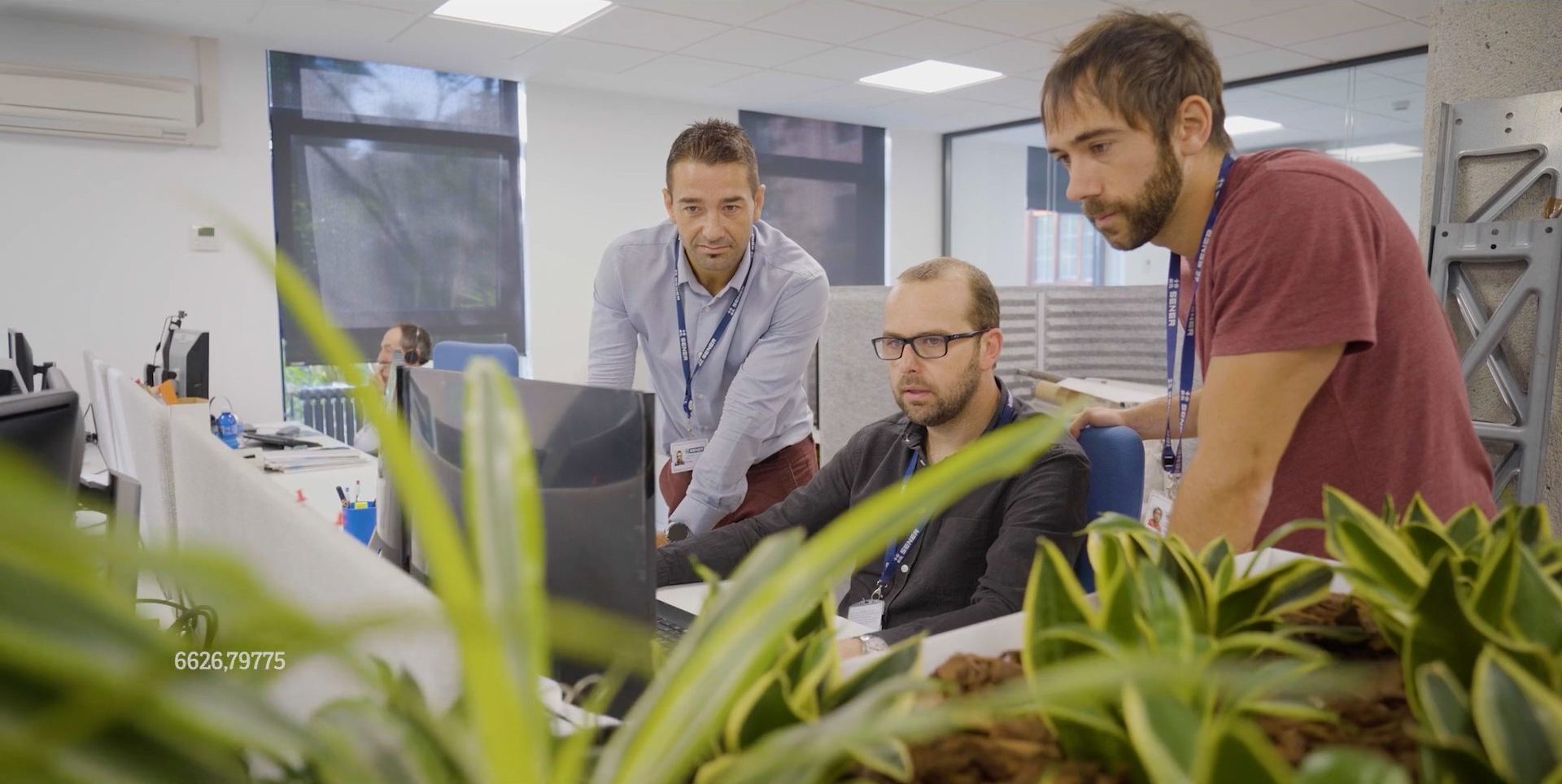













Sener has been selected by the European Space Agency (ESA) to develop several key systems that will carry the entry module of Rosalind Franklin, the rover (space exploration vehicle) of the ExoMars programme. The launch is scheduled for 2028.
Rosalind Franklin is a rover designed to look for traces of life on Mars by doing advanced scientific research on the planet’s surface.
This rover will be equipped with a drill that will allow it to dig holes up to 2 metres deep. The purpose of this process is to extract and process samples from the subsoil.
The vehicle will also be equipped with several scientific instruments that will let it analyse the samples on site. One of these instruments contains ovens that can be used to run gas chromatography analyses of the samples taken and look for organic compounds, meaning they contain carbon.
Discovering these compounds would not imply signs of life per se; however, certain specific organic molecules are found in cells and, if they are discovered, they could provide keys to the potential for life on Mars.
At Sener, we are responsible for the design, development and supply of several systems essential to the success of the Rosalind Franklin mission.
Specifically, we will design and manufacture three key subsystems to ensure the rover lands correctly upon arriving at Mars:
In addition, the rover will carry devices onboard developed by Sener:
These devices are essential to achieve the mission’s goal, which consists of drilling holes up to two metres deep on the Martian surface, taking samples and analysing their composition.
In addition to this search for traces of life, the ExoMars programme will also investigate the changes in Mars’s geochemical environment, study the composition of trace gases in the Martian atmosphere and their sources, and demonstrate the feasibility of using key technologies in future space exploration missions.
“It is a privilege to work on a mission like ExoMars, which combines the technical challenge with the value of seeking fundamental answers about life and the universe. Projects like this not only challenge us professionally, but also remind us why we chose to dedicate ourselves to space exploration”.
The principal objective of the mission is to determine whether life ever existed on Mars. To achieve this, the Rosalind Franklin rover will drill beneath the Martian surface to collect and analyse samples, where organic matter is believed to be better preserved—shielded from radiation and the planet’s harsh surface conditions.
The Rosalind Franklin mission is scheduled for launch during an optimal window in 2028, with a two-year journey to land in October 2030. This timeline allows for approximately six months of surface operations before the onset of the Martian autumn, when dust storms could jeopardise the mission.
A longer transfer has been selected to ensure a safe landing period, avoiding arrival too close to the season of global dust storms on Mars, which would pose a significant risk to the rover’s survival.
The Rosalind Franklin mission is the second in the European Space Agency’s (ESA) ExoMars programme, which is dedicated to exploring Mars in search of signs of past or present life. At the heart of the mission is a rover designed to explore and study the Martian surface.
The first ExoMars mission, launched in 2016, included an atmospheric trace gas orbiter and a technology demonstration lander, laying essential groundwork for future exploration efforts, including the Rosalind Franklin mission.
